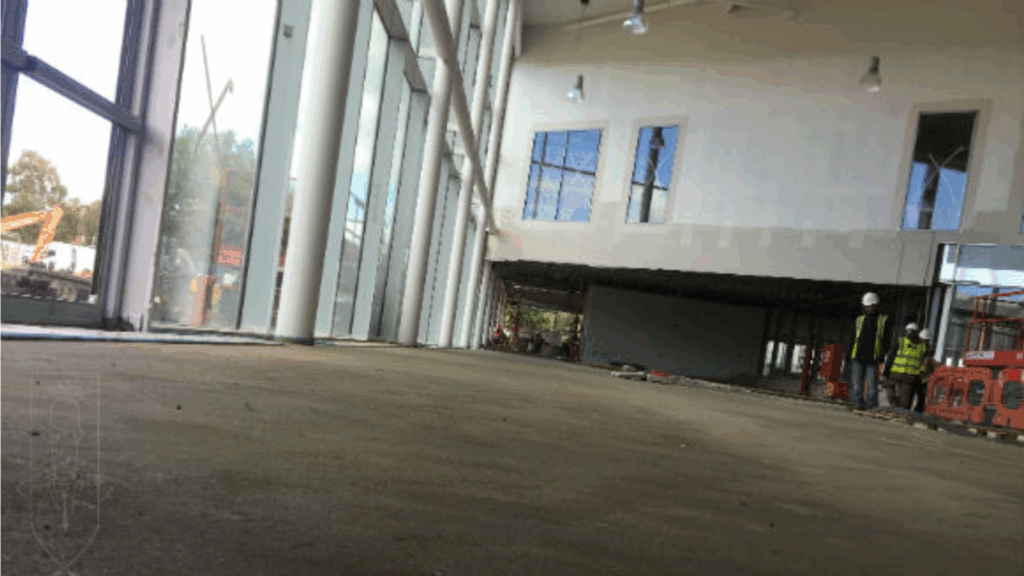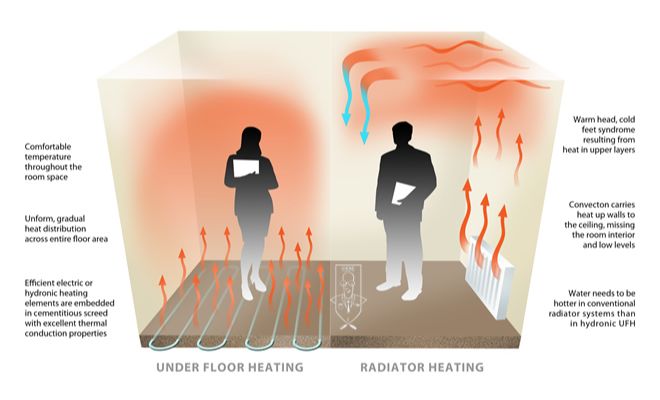Screed Reinforcement – What’s the Crack

Shrinking, curling and cracking can lead to problems with flooring. Using reinforcement may reduce their impact and lend greater strength to the floor. Before we begin with this blog post, we need to be clear that there are many products, architect specifications and project related conditions that need to be considered and that you should […]
Tiling onto Cracked Screed – Addressing Underlying Causes of Tile Floor Failure

Do you need to lay or are you worried about large format tiles placed directly over cracked screeds? Have you heard about crack inducement joints? Read on. Not dealing correctly with cracked screeds is one of the main causes of tile floor failure. Keep reading to find out how to prevent, address, and solve cracks […]
Design tips to prevent disruption to flooring due to movement of screeds in heated floors

Floors with under floor heating systems are highly prone to disruption in serviceability unless appropriate stress relief measures are taken right at the design stage. As the screeding elements are encased in a screed layer separated from the base by a layer of thermal insulation, the extent of screed movement could be high as the screed expands and contracts due to temperature variations of the heating elements. DIN 18560 Part2 lays out some specific recommendations for incorporating stress relief at the design stage in order to fully accommodate the potential screed movements in heated floor.
How to Prepare the Floor Substrate for Levelling Screeds and Toppings
The key to the successful implementation of a bonded application is to achieve a good bond between the substrate and the applied bonding coat. Proper preparation is the most important factor for achieving a successful floor screeding installation. Whatever topping or levelling screed is used to achieve the definitive floor level, it will only be […]

